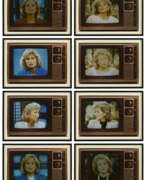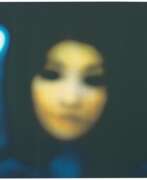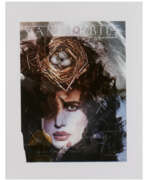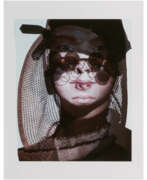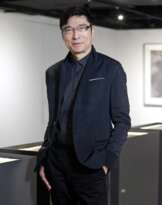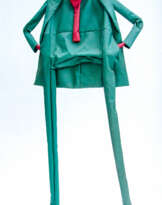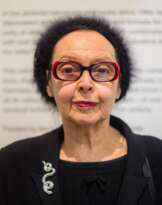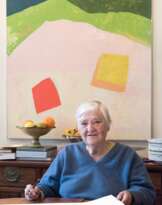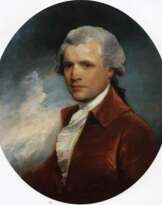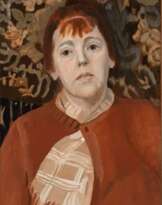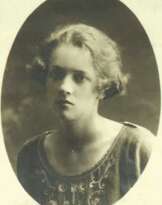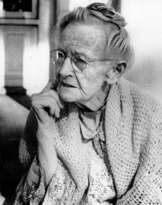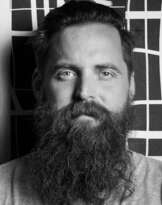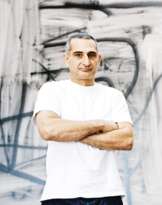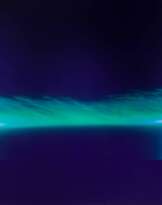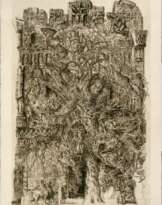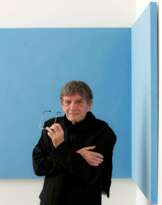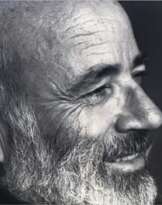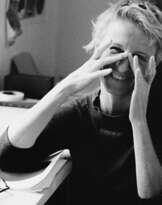Robert Heinecken (1931 - 2006)
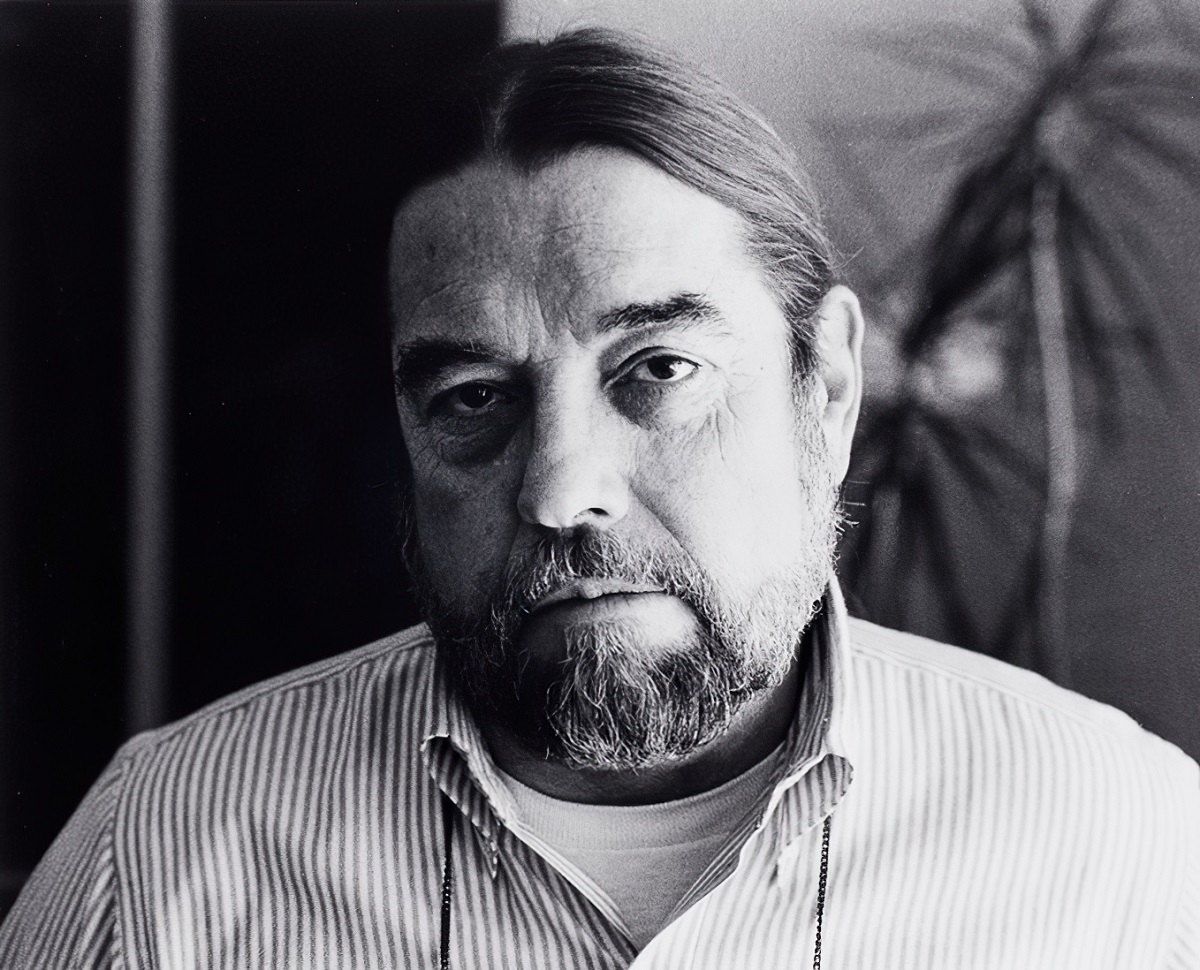
Robert Heinecken
Robert Heinecken was an American artist and educator. He is known for his pioneering work in the field of photography, particularly his use of found images and his experimentation with photographic processes.
Heinecken studied at the University of California, Los Angeles, and later became a professor of art at UCLA, where he taught for over 30 years. He exhibited his work extensively throughout his career, including at the Museum of Modern Art in New York, the Whitney Museum of American Art, and the San Francisco Museum of Modern Art.
Heinecken's work often involved appropriating images from mass media sources, such as magazines and television, and recontextualizing them in his art. He was also known for his "paraphotography," a term he coined to describe his use of photographic materials and techniques to create works that were not necessarily photographs in the traditional sense. For example, he would use photographic paper to create abstract, three-dimensional sculptures, or he would manipulate images with chemicals to create surreal, dreamlike compositions.
Heinecken's work has been praised for its critical engagement with the role of photography in contemporary culture, as well as its wit, playfulness, and subversive edge. He was a major influence on the development of conceptual art and postmodernism in the United States, and his legacy continues to be felt in contemporary art today.
| Date and place of birt: | 29 december 1931, Denver, USA |
|---|---|
| Date and place of death: | 19 may 2006, Albuquerque, USA |
| Nationality: | USA |
| Period of activity: | XX, XXI century |
| Specialization: | Artist, Media artist, Photographer |
| Art style: | Contemporary art |

